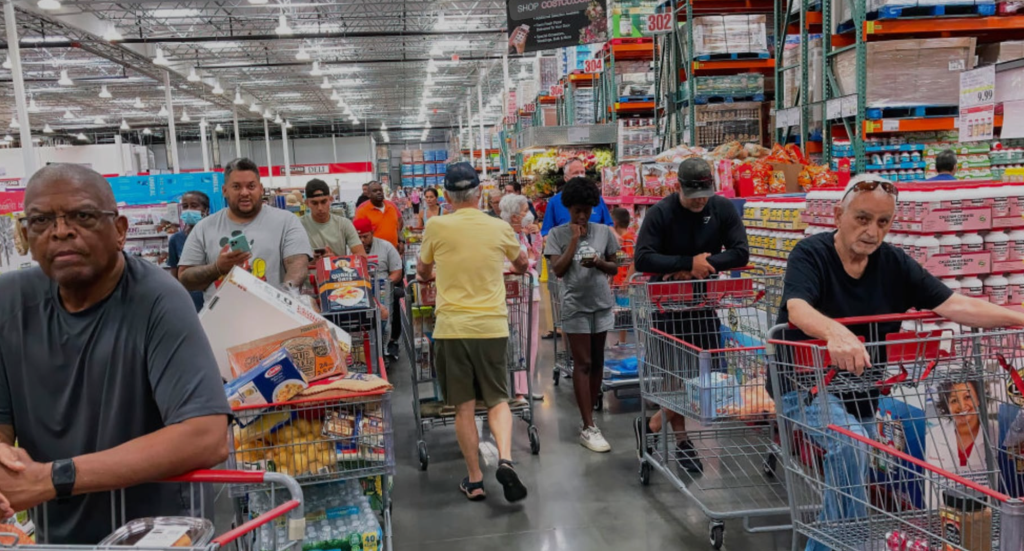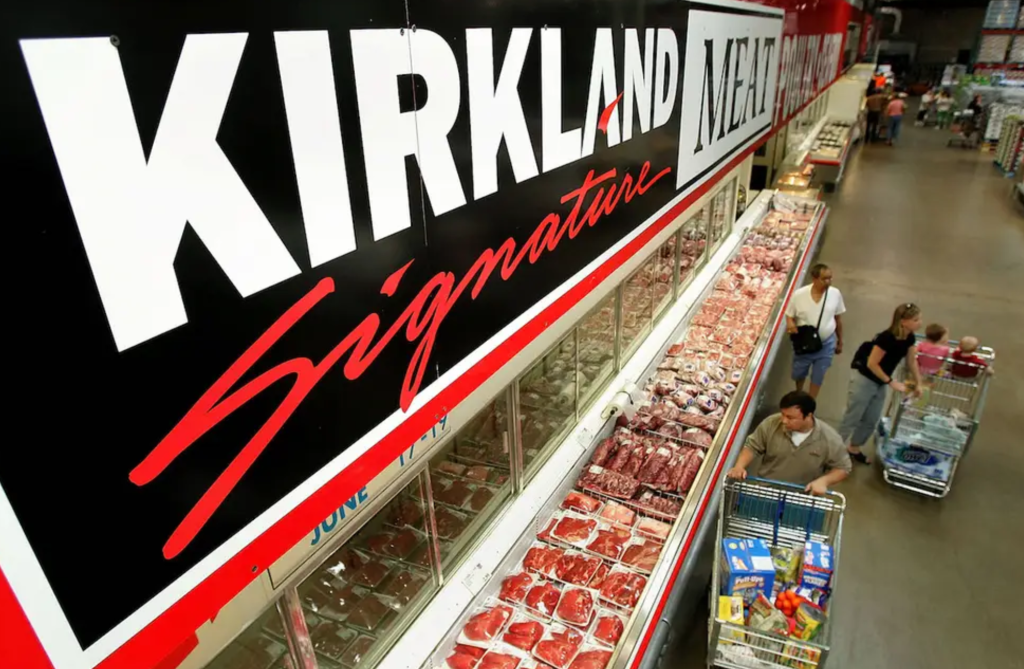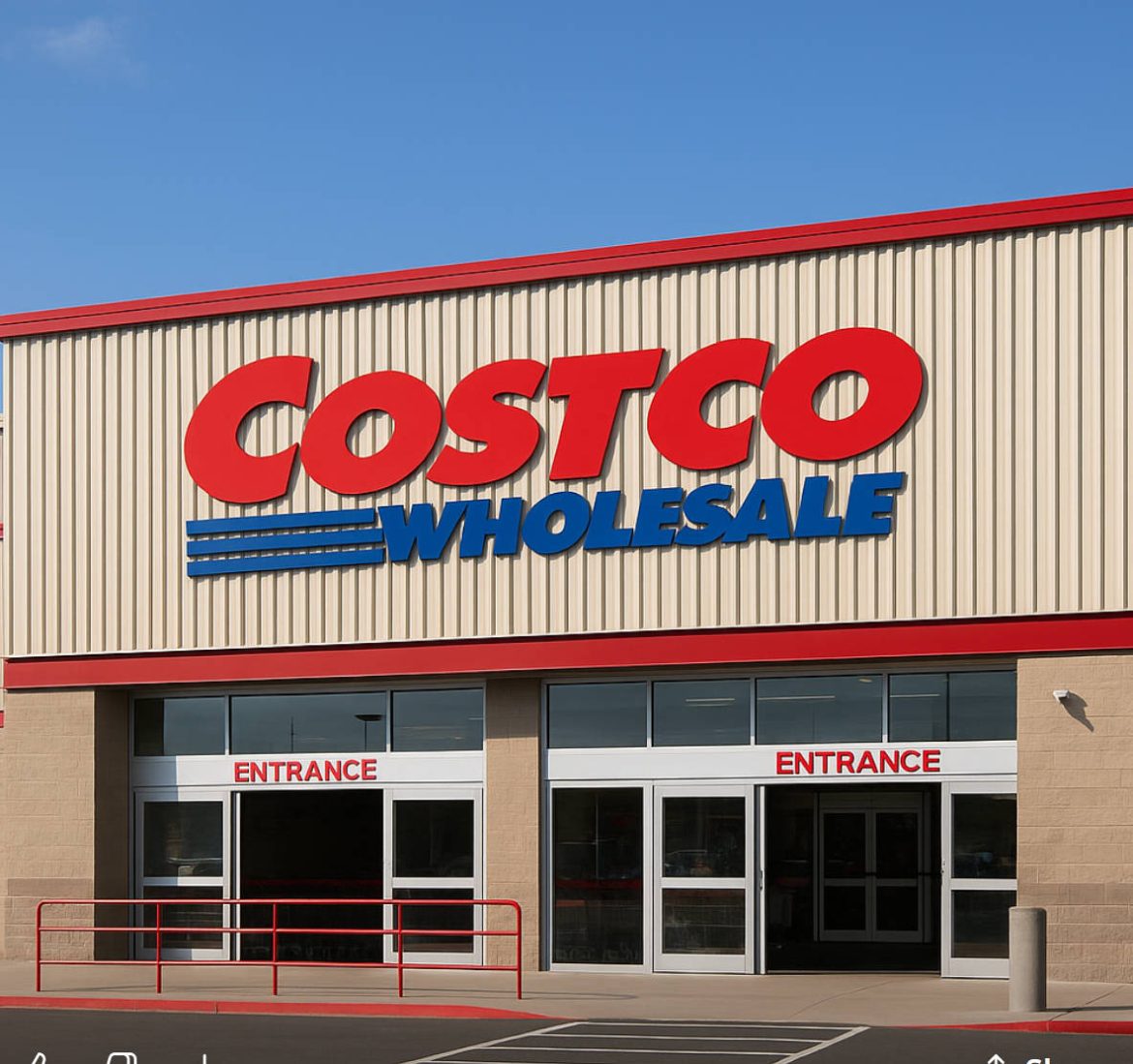In today’s era of booming e-commerce and food delivery, offline retail is often dismissed as “high-cost and inefficient,” a relic seemingly left behind by time. Yet Costco stands as a striking exception. Its warehouses are typically located far from city centers—often a 30- to 60-minute drive away—yet parking lots remain packed even on weekdays. This isn’t a short-lived opening craze; it has persisted for more than two decades, weathering the financial crisis, the pandemic, the rise of online channels, and multiple waves of consumer-behavior shifts. Shoppers have even developed a “buy first, think later” habit: if a product is available, it must be worth grabbing. Such a mental stronghold is nearly impossible to find elsewhere in retail.
Charlie Munger once remarked that the best investment is in a company like Costco—so strong that one hardly needs to think about when to exit. Stable cash flows, resilience across cycles, decades of compounding growth, and extraordinary customer loyalty form the dream package for any value investor. The market has long recognized this, valuing Costco as something far more than a retailer—often at double or triple Walmart’s multiple. In truth, it has transcended the boundaries of traditional retail, operating more like a subscription-based compounding machine. But in an industry as cutthroat as retail, how has Costco managed to stand apart for so long? And more importantly—how much longer can this growth miracle last?

Compared with traditional retail giants, Costco is essentially a warehouse-style retail chain powered by a subscription model. Its business splits into three segments: merchandise sales, membership fees, and ancillary businesses. According to its 2024 annual report, merchandise accounts for about 78% of revenue (including food, daily essentials, fresh produce, and non-food categories), membership fees contribute just 2%, and ancillary businesses make up the remaining 20%.
Yet the picture looks very different at the profit level. Membership fees generated $4.83 billion—almost pure profit—representing more than half of the company’s $7.37 billion in total net income. Costco’s global membership base has now reached 137 million people, comparable to the size of a small nation, with an average growth rate of 6–8% over the past five years and a renewal rate of 93%. This vast and loyal subscriber base continuously fuels stable cash flow and profit, while expanding organically through word-of-mouth and habit. It is this engine—membership economics—that anchors Costco’s most enduring competitive advantage and certainty.

Costco as a Trust Intermediary
At its core, Costco’s membership model is a long-term trust contract between consumers and the company’s promise of price and quality. This trust is Costco’s deepest moat, built steadily over 40 years, and one that is highly replicable across international markets. It taps directly into one of the most fundamental traits hardwired into human evolution: the trust mechanism.
In humanity’s early hunter-gatherer days, individuals had limited survival capacity. Nature was full of threats, and survival depended on collective cooperation for food and defense. Our brains literally reward trust-building through dopamine and oxytocin, reinforcing bonds and attachment—a form of evolutionary hardcoding. Once trust is established, it compounds like capital, creating a powerful moat. But once broken, it can collapse instantly. Put simply, humans evolved with a natural defense mechanism: a “wall” of initial distrust between strangers. To unlock cooperation and shared productivity, this wall must be chipped away through repeated, reliable interactions. When trust compounds to a certain threshold, the barrier disappears entirely—and productivity reaches its peak.
Costco functions as a trust intermediary, bridging resources and people by minimizing the barriers of consumer doubt through rock-bottom prices and consistent quality. This principle has been ingrained since its inception. Inspired by The Price Club, the pioneer of warehouse membership stores in 1976, Costco has, since its founding in 1983, been one of the very few businesses in commercial history to uphold the philosophy of delivering on trust.

Today, it has nearly achieved “zero trust cost”—no advertising required, customers shop blindly with confidence. Few companies in the business world can claim such a status. And this trust is amplified through every commercial interaction: every product delivered, every after-sales service fulfilled, all reinforcing customer loyalty. The high-frequency nature of retail further compounds this effect, with countless repeated transactions continuously activating and strengthening trust. Consumers, in turn, respond in the simplest way possible—by coming back, repurchasing, and renewing memberships year after year.
This process has organically built a massive loyalty network—1.368 billion trust contracts in force and growing. That network itself is Costco’s true moat. Within it, the products become almost abstract, serving only as vehicles through which trust circulates. Looking ahead, this trust network allows Costco to extend seamlessly into any category—whether fuel stations, pharmacies, online shopping, or even financial and healthcare services. As long as it is backed by this ecosystem of trust, consumers will “buy automatically.”

Kirkland: The Engine of Trust and Bargaining Power
Once you understand Costco’s core story, everything else about its business strategy becomes clear: it relentlessly delivers quality goods at unbeatable prices to reinforce its trust network. The most powerful tool in this effort is its private label, Kirkland. In 1995, Costco consolidated its scattered in-house brands under the single “Kirkland Signature” label, creating an instantly recognizable symbol of quality and trust. To this day, every Kirkland product must receive the CEO’s personal green-pen approval before launch, ensuring uncompromising standards.
Kirkland gives Costco leverage on two fronts. First, it vertically integrates when external suppliers can’t meet its price or quality thresholds, directly managing parts of the production chain. Second, it acts as a “catfish effect” on store shelves: for a national brand to win space at Costco, it must match or surpass Kirkland in both price and quality. This dynamic grants Costco enormous bargaining power.
The results speak for themselves. Kirkland’s revenue has reached $86 billion, making it the largest private label in the U.S., accounting for one-third of Costco’s total revenue. It now rivals Procter & Gamble’s sales and has become a cultural symbol of quality and trust.

Other Costco strategies follow the same logic: uphold quality while driving price advantages through operational discipline and scale. These include strict price caps (no item may be marked up more than 14%, and Kirkland products no more than 15%—versus Walmart and Amazon’s typical 25%), radical SKU optimization (around 4,000 per store compared to Walmart’s 140,000, simplifying operations, logistics, and purchasing while boosting inventory turns), and ownership of its real estate portfolio. All serve the same purpose: reinforcing trust through value.
Costco’s Numbers Tell the Same Story
The financials echo what the business model has always promised: trust, subscriptions, and scale. In 2025, Costco’s sales crossed $270 billion, still growing at double-digit rates over five years—nearly twice the pace of Walmart. Profits have compounded at more than 13% a year for a decade. While most retailers are struggling against headwinds, Costco has kept moving forward like a ship cutting through rough seas.

At the heart of this resilience is membership. Of Costco’s 137 million cardholders, 76 million are paying households. Their fees bring in about $5 billion a year—almost pure profit—covering more than half of the company’s bottom line before a single pallet of goods leaves the floor. With renewal rates locked at 93% and premium members steadily rising, this recurring stream is the bedrock of Costco’s stability.
The retail side tells a different but complementary story. Margins sit deliberately at 1%—a choice, not a weakness. Costco sells near cost, trading short-term markups for long-term loyalty. Yet even here, the machine is getting sharper: net margins have climbed from less than 0.3% in 2020 to nearly 1% in 2024, thanks to relentless efficiency gains in supply chain and scale.
Operationally, the results are striking. Each warehouse rings up about $260 million a year, more than twice a Walmart store. Inventory turns over 12 times a year versus Walmart’s 9, evidence of speed and discipline. Strong cash flows and low leverage give Costco the freedom to move quickly when opportunities arise.
All of this ties back to the same narrative: Costco is not simply surviving on thin margins—it is thriving because its entire model is designed around trust, membership, and efficiency. The question is no longer whether the engine works. It’s whether this engine can keep compounding fast enough to match the lofty expectations the market now places on it.
The Road Ahead
Costco’s story is not just about what it has built, but what it can still become. The membership engine that anchors its profits continues to expand—fueled by international openings, higher-tier upgrades, and new digital channels. Add in growth levers like e-commerce, fuel, travel, and healthcare services, and Costco’s subscription network has the potential to stretch far beyond retail shelves.

Yet the path forward is not without challenges. Competitors like Amazon and Walmart are racing to capture younger, digital-first consumers. Shifts in taste toward novelty and lifestyle—exemplified by the rise of Trader Joe’s—test whether Costco’s model can resonate as strongly with the next generation. Macro shocks, from tariffs to supply-chain disruptions, also put pressure on a business that runs intentionally on thin margins.
Still, the moat remains clear. A renewal rate above 90% means trust is compounding year after year, making Costco less a store and more a platform of loyalty. In the end, Costco shows us that trust itself can be the ultimate currency in business—and as long as that trust holds, the company will keep rewriting the rules of retail.

